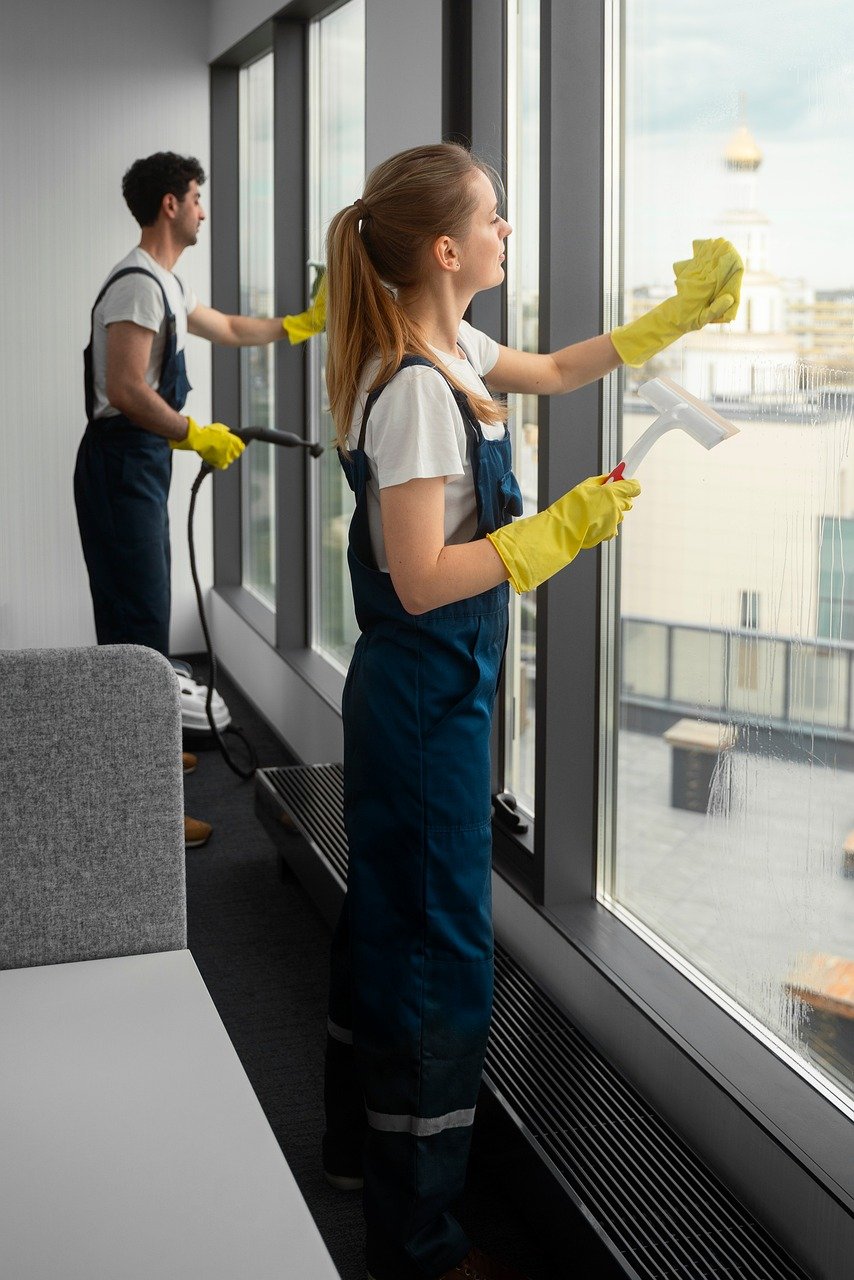Finding reliable service for window tinting near me can significantly enhance privacy, reduce glare, and protect vehicle interiors from UV damage. Many local shops offer a range of options, including ceramic and carbon films, tailored to meet specific needs for cars, homes, or commercial spaces. The key to getting the best results is choosing a reputable provider known for precision installation and quality materials.
In areas like Alexandria, VA, and Northern Virginia, several trusted tint shops specialize in automotive and residential window tinting. They often provide additional services like paint protection film and custom vehicle wraps, which add extra layers of durability and style. For anyone searching “window tint near me,” selecting experienced professionals ensures smooth installations without bubbles or peeling.
A good tinting service balances style, comfort, and protection, giving a vehicle or property a sleek look while improving daily usability. Customers benefit most when the installer offers lifetime warranties or certified products, ensuring value and peace of mind over time.
Finding Quality Window Tint Near Me
Choosing the right window tint service involves identifying trustworthy providers, evaluating essential service factors, confirming certifications, and understanding the reputation based on customer feedback. These steps ensure the selected installer meets expectations for quality, durability, and safety.
Top-Rated Local Window Tint Providers
Local providers with strong track records typically combine experience with high customer satisfaction. They often offer a range of tinting films tailored to specific vehicle or building glass requirements.
To find the best options, one should focus on:
- Service range: residential, commercial, automotive tinting
- Professionalism: clear communication and detailed consultations
- Installation expertise: use of quality materials and precision application
Providers with visibility through multiple platforms and positive local reviews generally deliver consistent results.
Factors to Consider When Choosing a Window Tint Shop
Key considerations include the types of tint films offered, warranty coverage, pricing transparency, and installation quality. It is important to verify if the shop uses films that comply with local regulations regarding light transmittance and UV protection.
Additional factors:
- Heat rejection and glare reduction abilities of the tint
- Longevity and resistance to fading, bubbling, and peeling
- Turnaround time and customer support during and after installation
A balance of cost and product performance often determines long-term satisfaction.
How to Verify Professional Certifications
Certification signals professionalism and adherence to industry standards. Legitimate tint shops often display certifications from recognized bodies like The Tint Academy or equivalent local organizations.
Verification steps:
- Request proof of certification before booking
- Check if installers undergo regular training and updates
- Confirm the shop’s use of approved and tested films
Certified technicians are expected to provide warranties and follow best installation practices, reducing risks of defects or legal issues.
Customer Reviews and Reputation
Reviews provide direct insights into service quality and reliability. They highlight recurring issues or praise consistent strengths like timely service or durable installations.
When evaluating reviews:
- Focus on detailed feedback about installation quality and aftercare
- Look for mentions of customer service responsiveness
- Compare ratings across multiple platforms for accuracy
High-scoring businesses with transparent responses to complaints tend to be more dependable in meeting customer expectations.
Window Tinting Services and Benefits
Window tinting offers practical advantages such as heat reduction, UV protection, and increased privacy. Proper selection, professional installation, and understanding of regulations are essential to maximize these benefits. Maintaining the tint ensures its longevity and continued performance over time.
Types of Window Tint Films Available
Several window tint films cater to different needs:
- Dyed Films: Provide basic glare reduction and privacy but may fade over time.
- Metalized Films: Enhance heat rejection and durability but can interfere with electronic signals.
- Carbon Films: Offer stable color, heat reduction, and no signal interference.
- Ceramic Films: Provide the best heat and UV protection without fading, often used in premium installations.
Tint percentages range from about 5% (very dark) to 70% (almost clear), affecting light transmission and privacy levels. Choosing the right film depends on intended use, local laws, and personal preference.
Installation Process Explained
Installation begins with thorough cleaning of the glass surface to remove debris and oils. The tint film is then carefully cut to match window size and shape. Professionals apply the film using water and a squeegee to avoid bubbles and ensure adhesion.
The process typically takes 1-3 hours depending on vehicle or building size. Allowing the film to cure fully requires keeping windows closed for several days. Proper installation is vital to avoid peeling, bubbling, or premature failure.
Legal Tint Limits and Local Regulations
Tint laws vary by location and vehicle type, often specifying allowed visible light transmission (VLT) percentages. For example, front side windows may be limited to around 35-50% VLT, while rear windows often have fewer restrictions.
Driving with illegal tint can result in fines or mandatory removal. It is important to check local regulations before choosing a tint level. Some regions require certification that the tint film meets legal standards to pass inspections.
Long-Term Care and Maintenance Tips
Cleaning tinted windows requires gentle techniques to avoid damage. Use a mild soap with water and a soft cloth or sponge, avoiding ammonia-based cleaners. These can degrade the film and cause discoloration.
Avoid sharp objects or abrasive materials when cleaning. Inspect tint periodically for bubbles, peeling, or scratches and seek professional repair if needed. Proper care can extend the life of tint films beyond 5-10 years, depending on film quality and exposure.
